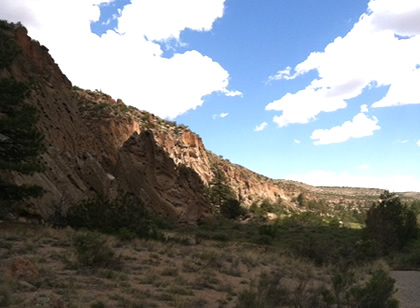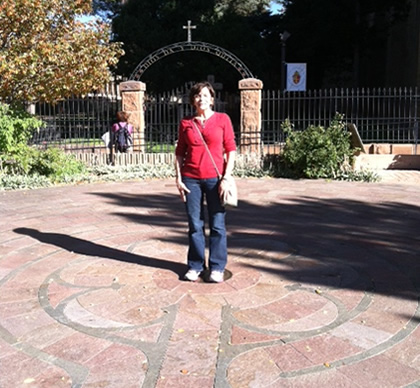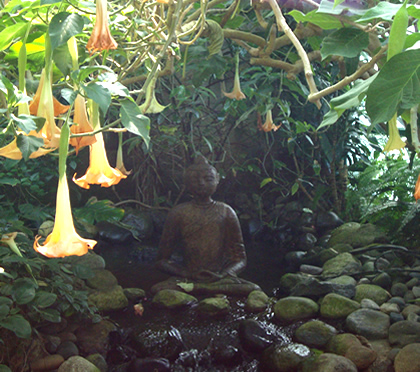
Have you ever found yourself receiving the same message again and again? For example, you read an entry in a daily meditation book that so clearly speaks to you that you are startled. Then you lunch with a friend who tells you how she just became aware she needed to change something in her life, and it is exactly the issue the meditation book entry was speaking to. A few days later, you hear the same message in a lecture you attend.
That’s exactly what has happened to me. Recently I heard a woman from Rotary International speak about lessons she learned from her stay in Haiti, helping to install water filters in the homes of Haitians. She described the life of the people in the valley where she worked, how they spent most of their time interacting with neighbors. Their lives, being quite simple, although much more physically demanding than those of most Americans, allowed space for relationships. What the speaker took away was the importance of slowing down and paying attention to people and relationships.
The following day I was Skyping with my Vedic Chant teacher, going over two chants and part of a third I was working on. As we concluded the session, she told me, “You need to slow down. You need to pay attention and listen to yourself.”
As I reflected on my teacher’s feedback, I realized that “slowing down,” “paying attention,” and “listening” were a part of a bigger message I needed to hear.
Later, when I heard Pastor Tom Sweet say: “If you want to go deep, you have to go slow,” and repeat that in a newsletter he sent out later in the week, I knew he was sharing the bigger message.
In his commentary on the Yoga Sutra I.2, where the state of yoga is defined, Bernard Bouanchaud tells us: “Yoga consists of keeping the mind quiet and wakeful so that one is totally present to what one is doing. Thoughts no longer rush forth of themselves in all directions…” To achieve the state of yoga requires going deep, and going deep requires going slowly.
During the holiday season, when messages abound about the many things to do and remember, my thoughts can flash by, dispersing my attention and focus. As I feel stressed by the perceived pressure to “get everything done,” my distraction and thoughts speed up.
We are fortunate to have many practices in yoga that help to quiet the mind and improve our ability to focus our attention in the here and now. The practices are tools to slow us down, but also the vehicles to go deeper. Often the first place we start is doing movement coordinated with the breath in yoga postures. But the eight limbs of yoga suggest many ways to practice paying attention and slowing down: we can observe how we practice the five recommended ethical principles (yama) in our relationships with others; we can observe how we practice the five recommended attitudes (niyama) toward ourselves; we can practice breathing techniques (pranayama) to bring a state of balance to the mind; we can practice withdrawing our senses (pratyahara) from focusing on the world around us in favor of our internal universe; we can regularly practice meditation with a particular focus on an object or concept that helps to support us in our lives (dharana, dhyana, samadhi).
Yoga asks us to go deep, to know ourselves, to make changes so we can live without suffering, with more peace. By going slowly enough to go deeply, we have the possibility of transformation. And, for that message, I am grateful.





